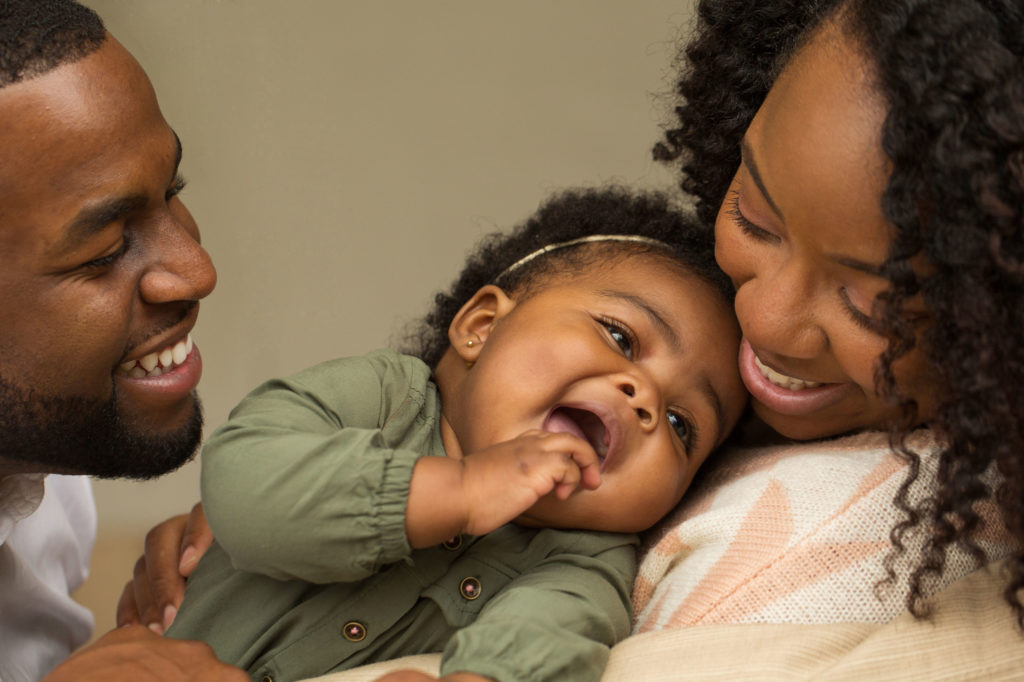Picking a parenting style to suit your family
Article By Erica Rodefer Winters | CTW Features
Many parents start imagining what life with a baby will be like the second they see that second line appear on a pregnancy test. You’ve got nine months to decide on a name, a color scheme for the nursery, register for all the essentials you think you’ll need and write a birth plan.
One of those big, daunting choices is what kind of parenting style will be best to shape your little one into a stand-up citizen.
While there are many variations, there are two major styles of parenting. Attachment parenting is often characterized by keeping the baby close so the parent can act on the baby’s cues of hunger or sleepiness, whereas parent-led approaches try to get baby to follow a more rigid schedule of sleeping, eating and playing.
Attachment Parenting
For many families, attachment parenting starts within the first few minutes of birth as the newborn is placed on mom’s chest and establishes a breastfeeding relationship. Breastfeeding on demand, or whenever the baby shows hunger cues, not only ensures a newborn is getting enough calories to thrive, but it is one of the reasons some adopt attachment parenting in the first place.
“If you had told me before kids that I would have done all of these things I would have says you were nuts,” says Melanie Kenwright Brooks, mother of four, who identifies as an attachment parent.
Brooks’ first two children were twin girls, so she says she took to practices like baby wearing and co-sleeping – two practices associated with attachment parenting – as a means of survival.
“They needed sleep and I needed sleep, and that was the best way for us to all get what we needed,” she says, noting that she took precautions to make sure her bed was as safe as possible to prevent them from falling. “In those early days I felt like was just nursing all day and night.”
Though the American Academy of Pediatrics suggests that babies sleep in their parents’ room until a year old on a separate surface such as a bassinet or crib to decrease the risk of SIDS (Sudden Infant Death Syndrome), the organization also warns parents that sharing a bed with an infant can increase the risk of SIDS.
However, co-sleeping advocates such as Dr. William Sears and Martha Sears, R.N., the couple who founded the method and wrote several books on attachment parenting, and KellyMom.org – a popular breastfeeding resource – maintain that co-sleeping can be done safely if you follow some a few guidelines. Keep the baby on her back at all times, make sure the surface is firm, keep all soft bedding away from the baby’s face, and make sure there are no gaps between the mattress and headboard or other places where the baby could fall.
Attachment parenting suggests that parents answer their babies cries and gently coax babies to sleep for longer stretches as the baby gets older. It’s not that there’s no schedule, it’s that the baby falls into his own rhythm and routine as he grows. “For me, it’s all about just meeting your baby’s needs,” Brooks says. “It was more instinctual than anything else. It’s very primal.”
One downside of attachment parenting is that it can be exhausting for parents. Feeling like you have to be there every second of every day can set parents up to feel both overwhelmed and, ultimately, guilty when it doesn’t work out.
Parent-Led Scheduled Parenting
While having your baby with you most of the time so you can respond to his or her cues might sound good in theory, it doesn’t work for every family. Some families start guiding their babies toward a more predictable schedule for eating, sleeping and playing from a very early age.
Books like “On Becoming Baby Wise” by Gary Ezzo lay out a detailed schedule and emphasize the importance of teaching a baby to fall asleep independently, without the help of feeding, rocking, wearing, or other things parents do to lull their babies to sleep. Parent-led experts don’t recommend being so rigid with the schedule that you would delay feeding a hungry baby if he wakes to eat a few minutes early, but they warn that the parent should be mostly in control of the schedule. The goal is to get the baby to sleep through the night early so that everyone in the house sleeps better.
 In those first few weeks, it’s a good idea to follow baby’s cues so they’ll get enough to eat, but after six months or so, the baby’s caloric needs aren’t as great and sticking to a schedule can be great for everyone involved.
In those first few weeks, it’s a good idea to follow baby’s cues so they’ll get enough to eat, but after six months or so, the baby’s caloric needs aren’t as great and sticking to a schedule can be great for everyone involved.
However, some newborn babies sleep a lot and some don’t wake to give hunger cues. These babies still need to be fed often so they can thrive, so in these cases, the parent will definitely want to watch the clock to schedule feedings every 2-3 hours.
There’s no evidence that practices like cry it out, which are associated with parent-led styles, cause any harm to the baby. When the baby’s ready, sometimes it’s necessary to break those early habits of feeding every few hours all night long so that the baby can learn to soothe himself to sleep.
While a more scheduled, parent-led approach might seem like an obvious choice for working moms and dads who have to be away from their babies, it can also be restrictive having to adhere strictly to baby’s nap times and bedtimes.
Somewhere In the Middle
With both parenting styles offering benefits for families, how do you know which one to choose? Luckily, you don’t have to choose one style over the other. While it’s a good idea to read up on the different styles, most families will do better with a mix of the two.
Most families will naturally fall into habits and routines that fit with their personalities and lifestyles best. And that often means they educate themselves on why parenting experts and pediatricians make recommendations, and then do their own thing.
Just remember – there isn’t a one size fits all parenting style. In the end, do what works best for you and baby.
© CTW Features

